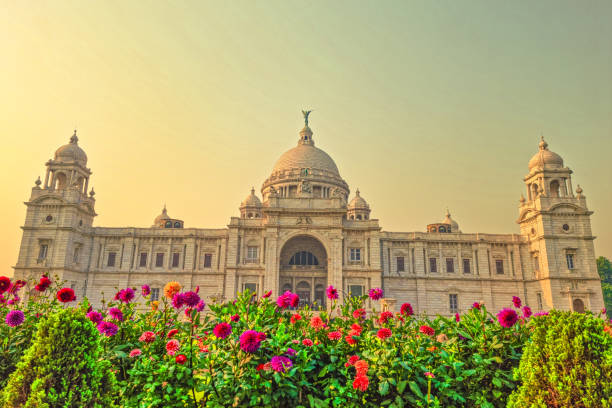A Brief Overview Of Indian States And Capitals

India is the 7th largest country in the world. It is governed by an
parliamentary system. It's difficult to manage everything from one location
Therefore, the Indian Constitution allows for the creation of various states and
capitals within the country.
Every State/Union Territory is unique in its own way. This article will give
an overview of all 28 Indian states and their capitals.
State Capitals
India is a federal unit that consists of 28 states and eight Union
Territories. Each of these entities has their own capital cities. To discover
more details about states in India, you have to check out India
map with states name website.
The legislative, administrative, and judicial functions are performed in
these capitals. Some states all three duties are handled in one area, while
other states have separate capitals for legislative sessions in winter and
summer.
New Delhi, the all states of India capital of India, houses all of the
government offices in the country. It also houses the Supreme Court and Indian
Parliament.
Each of the Indian states is led by a Chief Minister who oversees the state's
government. He develops policies that will help the state fulfill its
responsibilities.
With the 1956 Act on States Reorganisation, Indian states' boundaries were
reorganized according to linguistic lines. This Act is credited with providing
the current contours and shape of the nation's states.
Administrative Capitals
India is a nation of 28 states and 8 union territories. Each state has its
own people, languages, cultures, history and economic development.
Each state is home to its own legislative, administrative and judiciary
capital. While some states have the three functions of a capital while others
have them split however, there are some distinctions.
Each state of India is administered by a Chief Minister who is elected for a
five-year term. The rest of the states and union territories are administered by
the Central Government.
The system of state government closely resembles that of Union. The
boundaries of states and capitals of India are rearranged in a linguistic manner
by the States Reorganization Act of 1956.
Although the majority of Indian states are governed by a democratically
elected Government however, some UTs have none. For example, Puducherry and the
National Capital Territory of Delhi do not have a legislature or an elected
administration.
Legislative Capitals
India, the second largest nation in terms of population and seventh-largest
in the world, is divided into 28 states as well as 8 union territories. The
governance of these territories is founded on the federal system and all power
is controlled by the central government.
There are however, some Indian capitals that differ from other capitals.
These are called legislative capitals.
A legislative capital is where the legislature of a state meets and conducts
its business. The capital also houses the supreme court of the state, as well as
the administrative centre.
Certain states have multiple legislative capitals, while others have only
one. This can be due to the ease of administration or the significance of
culture.
The capitals of the legislative system of India are Chandigarh and Delhi that
are the administrative centers for Punjab and Haryana. They also hold a unique
place in the polity as the capital city of the nation that is why it is
necessary that the government of the union have power over the two
cities.
Judicial Capitals
The Republic of India, which is also the country with the highest population
is the seventh largest in the world. It is situated in southern Asia and has a
parliamentarian-run government.
The country is divided into 28 states as well as 8 union territories (UTs).
Each state is governed by its own legislative capital, administrative capital
and judicial capital.
Certain states have all three responsibilities that are handled in one
capital while others have them separated. The Capital of the judicial is the
place of the state or territorial High Courts.
The YSRCP criticizes the Naidu government's refusal to Kurnool being established as Rayalaseema's official capital. The senior minister Peddireddy Ramachandra Reddy referred to Naidu as a enemy of Rayalaseema and claimed that he was unable to improve the state of the region.
Comentarios
Publicar un comentario